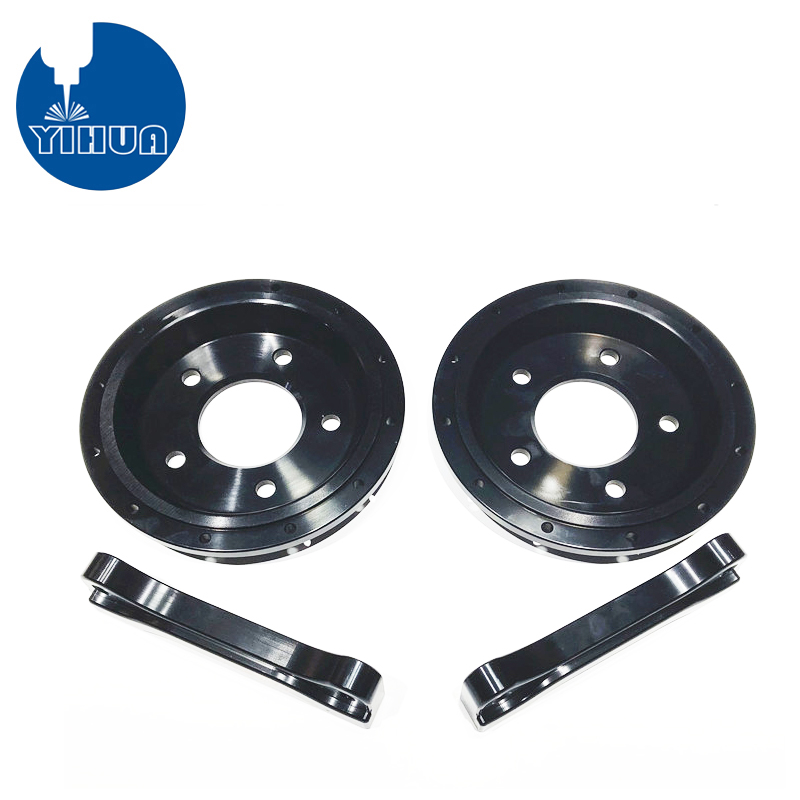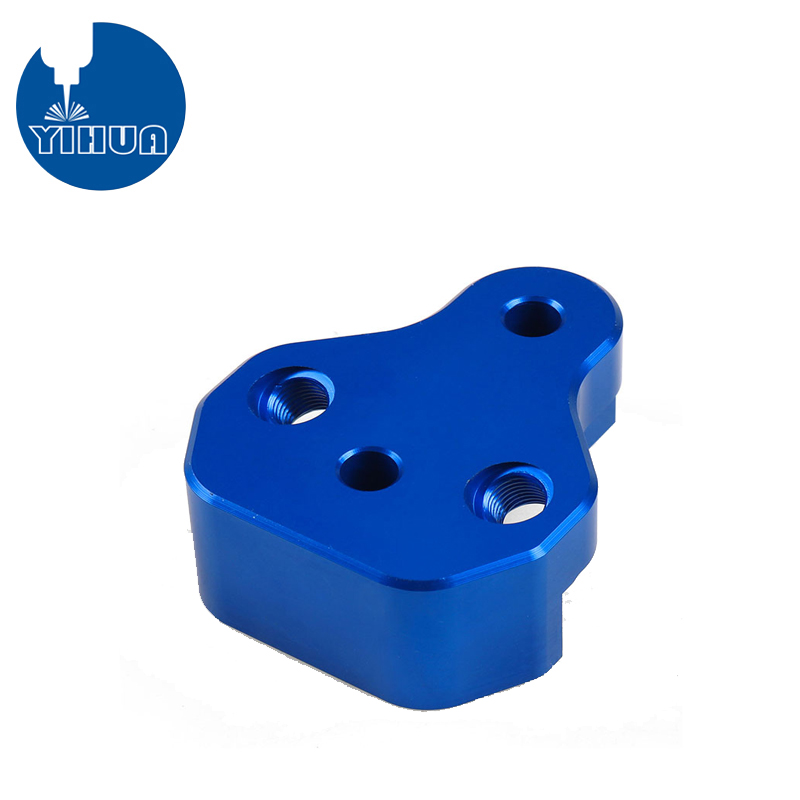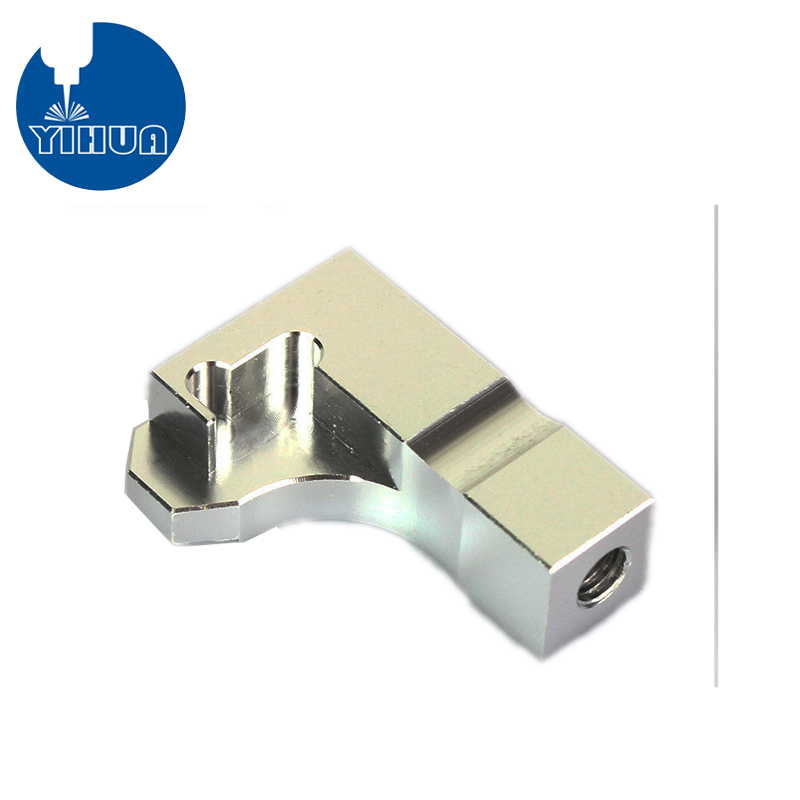Also insist on independent brands, are also building new energy vehicles, also in the repurchase of shares, Jianghuai Automobile and Ankai Automobile, the same city, brother car prices, the difference is that a focus on pure electric cars, a focus on pure electric bus. 3 axis machining implies that the workpiece remains in the same position while the cutting tool operates along the XYZ plane to trim away material. This is suitable for parts that don`t require a lot of depth and detailing. 3 axis machining is most commonly used to produce mechanical components and is best suited for:
& more
3 Axis Cnc Machining,Aluminum Camera Housing,Aluminum Gamepad Case,Metal Tool Case Yihua Precision Machining Co, Ltd. , https://www.yhmachining.com
Just at the end of last month, Jianghuai Automobile received a demonstration subsidy for energy-saving and new energy vehicles from Hefei City of RMB 112 million. The main development direction is pure electric cars. From 2010 to 2011, JAC Motors respectively put 585 and 1,000 pure electric cars. The target for this year is to put in 3,000 cars. The number of pure electric cars will be the first in the industry for three consecutive years. With more than 800 pure electric buses put into the market and an occupancy rate of more than 70% in the domestic market, Ankai bus has become the largest number of new energy bus manufacturers covering the city, demonstrating and operating in more than 20 large and medium-sized cities such as Beijing, Shanghai and Hefei.
The reporter saw Jianghuai Automobile's head office and saw the Jiangyue Huai Yueyue car that was sold online. The staff member said that sales are basically related to production and there is no inventory. Trying a new sales model is to adapt to the market situation. The company's focus is still new energy cars.
The wind of new energy vehicles is almost blowing to all car companies. Ankai Automobile Director Wang Xianfeng believes that the key to the new energy industry is to change the subsidy policy. The difference between the price of pure electric bus and ordinary passenger car is about 500,000. If the subsidies for new energy are added, it will be similar; but because the state subsidizes diesel The effect of the price of new energy buses under oil prices is not obvious.
At present, Ankai Automotive uses international business as a strategic business and invests a lot of resources, including sending technicians to the United States to repair cars and do after-sales services. “Now many countries in the world reconstruct the public transport system, and Colombia, India, the Middle East and other regions have great market potential.†China accounts for 45% of the world's passenger car production capacity, and its price is cheaper than foreign countries. The wages of workers in European and American passenger car factories account for 25% of the cost, and China only accounts for 5 %, the competitive advantage is obvious.
However, Jianghuai executives interviewed by reporters are not satisfied with the development status of independent brands and new energy vehicles. He believes that self-owned brand cars are currently “competitively weak in competitionâ€. For the future of new energy vehicles that are developing vigorously across the country, Jianghuai also has an objective analysis: “The direction is not yet clear.†The current decision on whether pure electric or hybrid power is dominant is not yet clear; for the industry’s overall overcapacity, Jianghuai says “competition Will be more full." However, Jianghuai's development path is very clear - the future will be dominated by electric vehicles.
In 2001, the Anhui Provincial Government decided to make strategic adjustments to the automobile industry—the merger and reorganization of Jianghuai Automobile Group and Ankai Automobile Group. Zuo Yanan, Chairman of Jianghuai Group, also served as Chairman of Ankai Group. “When Jianghuai entered Ankai for 10 years, An Kai revived from a mess.†Wang Xianfeng commented. “In 2008, after JAC installed the assets, Ankai’s brand influence further expanded.†Two automobile groups, one CEO, This framework also determines the thinking of both companies to adhere to their own brands and develop pure electric vehicles.
In the suburbs of Hefei, the production base of the Jianghuai Group is still expanding; the Ankai passenger car parking lot has Arabic buses on its car body waiting to be shipped to the Middle East. Both companies have put new energy vehicles as the focus of development, and they also face the challenge of establishing core strengths. The development of new energy vehicles in the domestic market did not have the expected blowout, and it mainly relied on government orders. The automotive interface has no high technical barriers to new energy, and fighting is far from over.
Automatic/interactive operation
Milling slots
Drilling holes
Cutting sharp edges
CNC machining can be broken down into several common types: 3-Axis, 4-Axis, 5-Axis, Turning, and Electrical Discharge Machining (EDM). Although other CNC machining processes exist, such as screw machining, the focus of this CNC machining guide is on the former list.
CNC machining is a broad category for a range of processes. Computer Numerical Control (CNC) is the automated control of machining tools by means of a computer. A CNC machine transforms a piece of material according to instructions from a computer programmed to precise specifications. Although there are manual operated devices for machining, CNC machining provides accuracy and repeatability for the desired result, at a desired price.
Aerospace
Agriculture
Automation
Automotive
Consumer Goods
Food & Beverage
Injection Molding
Oil & Gas
Manufacturing
Material Handling
Medical Devices



Focus on different Jianghuai Ankai city with the new energy car